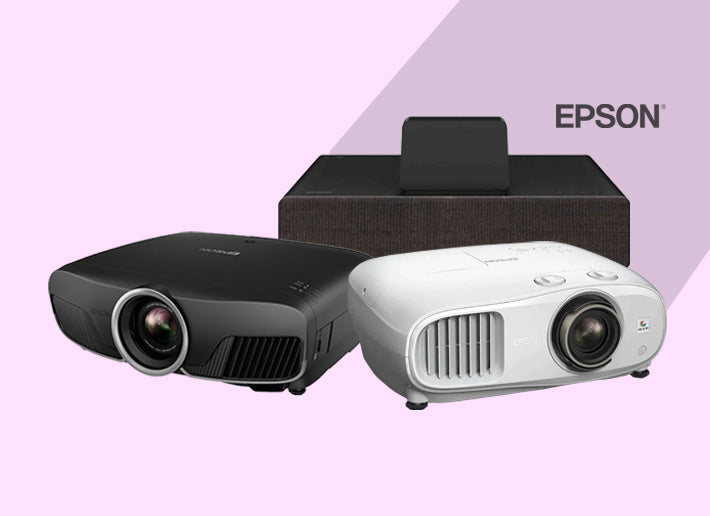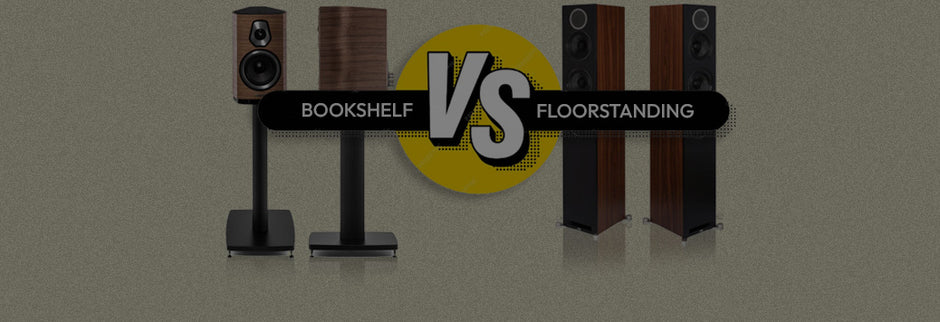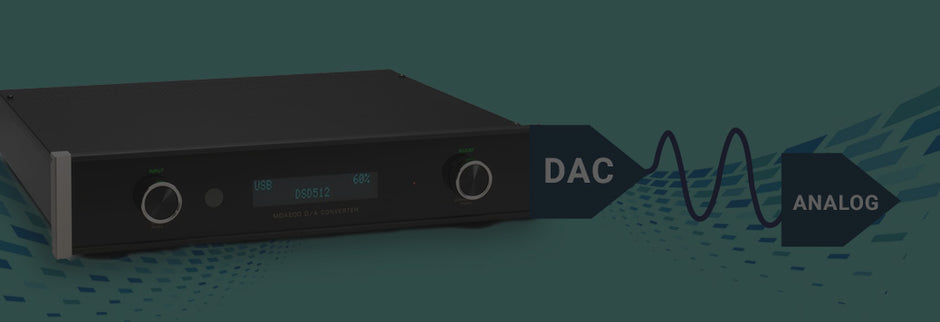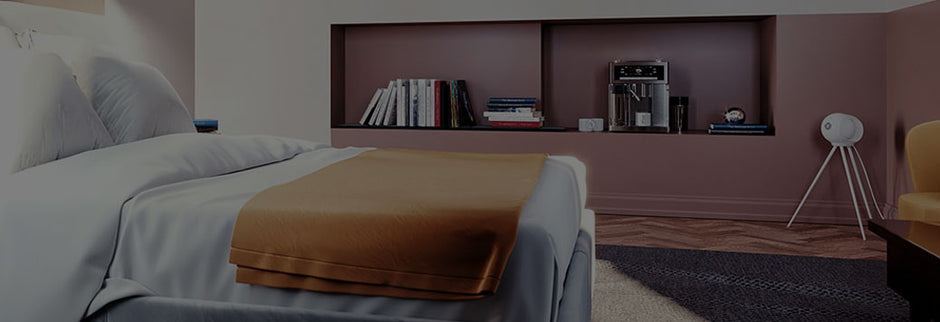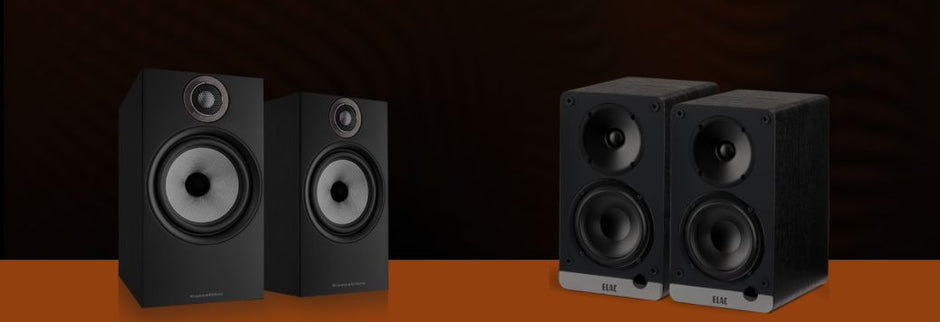When it comes to audio equipment, the grand conundrum between bookshelf speakers and floorstanding speakers is sure to put even discerning audiophiles in a pickle. These two distinct types of speakers cater to different needs, preferences and spaces.
Whether you’re an audio connoisseur, a casual listener or just someone looking to enhance their home theatre setup, understanding the differences between these speaker types is crucial. Choosing the wrong type can adversely affect your listening experience and make an otherwise perfectly sound setup insufferable.
But before we get down to brass tacks and understand what type of speaker to choose, let’s take a brief look at the origins of both types and learn some key differences, shall we?
Bookshelves and Floorstanders – Origins and Core Differences

Image credit - AES Media. The AR-3 was the first acoustic suspension loudspeaker
Floorstanding speakers, also known as tower speakers, have a rich history. They emerged in the mid-20th century as a response to the growing demand for high-quality audio reproduction. Pioneers like Paul Klipsch and Edgar Villchur played pivotal roles in bringing floorstanding speakers to the consumer market. These tall, elegant speakers stood proudly in living rooms, delivering powerful sound with their multiple drivers and large enclosures.
Bookshelf speakers debuted around the same time and were designed to fit on bookshelves (hence the name). These compact speakers were more space-efficient and Henry Kloss is widely regarded as having contributed significantly to their development. Bookshelf speakers became popular for their versatility, allowing placement on shelves, stands or even wall mounts.
So what are some of the other differences between them besides size? While floorstanding speakers house multiple drivers (woofers, midrange and tweeters) in a single enclosure providing wider frequency response, bookshelf speakers are typically lacking in the low end given the size constraints.
It‘s natural then that floorstanding speakers generally suit larger spaces whereas bookshelf speakers are ideal for a more intimate setting. The former makes more of an impact on the room decor given its imposing size whereas the latter can seamlessly blend into the aesthetics of its surroundings.
Now that we have a working understanding of both speaker types, let’s delve a bit deeper into the factors that can affect your buying decision.
Bookshelf vs. Floorstanding Speakers – Critical Differentiators
Given the sheer breadth of options available to pick from, choosing the right speakers can be a daunting task. However, asking yourself a few simple questions based on the parameters below can greatly simplify the process. Once we’ve established certain fundamentals, we’re off to the races! So let’s get started.
If your new speakers are intended for music listening or a home cinema setup, there are several factors to consider. Let’s break it down based on the most important factors.
Also Read: Floorstanding vs. Bookshelf Speakers: Which one should you get?
Criteria |
Bookshelf Speakers |
Floorstanding Speakers |
Usage |
|
|
Audio Performance |
|
|
Space Constraints |
|
|
Subwoofers |
|
|
Budget |
|
|
Integration |
|
|
|

|
 |
| A pair of Bookshelf Speakers Bowers & Wilkins 705 S3 Bookshelf Speaker |
A pair of Floorstanding Speakers Sonus faber Sonetto V Floorstanding Speaker |
Also See: Floorstanding vs Bookshelf Speakers - What's Better? | Ooberpad
Finding the Ideal Pair of Speakers
When it comes to audio systems, the right setup can make all the difference. Whether you’re invested in floorstanding or bookshelf speakers, their performance also hinges on how well you position and configure them.
Choosing between floorstanding and bookshelf speakers for a home audio setup boils down to understanding your space, sound preferences and budget. Floorstanding speakers are ideal for larger rooms where space is not a constraint, offering robust sound with deeper bass due to their larger cabinets. They often serve as a statement piece in a room and can provide a full-range sound experience without the need for additional subwoofers.
On the other hand, bookshelf speakers are more compact and versatile, suitable for smaller spaces or as part of a larger surround sound system. They can be placed on stands, shelves, or mounted, making them a flexible option for various room layouts.
When making your choice, consider the acoustics of your room and the type of audio you most frequently enjoy. If you’re an avid fan of movies and games that benefit from immersive, cinematic sound, floorstanding speakers might be the way to go. For those who appreciate clarity and detail in vocals and instruments, bookshelf speakers could be more appealing.
Your budget also plays a key role with floorstanding speakers typically coming with a higher price tag but can offer a more complete sound spectrum. Bookshelf speakers, while potentially more affordable, may require additional components like a subwoofer to reach the same depth of sound.
Ultimately, the right choice is a balance of personal preference, practicality and performance. It’s essential to listen to both types of speakers with content similar to what you’ll regularly enjoy before making a decision. Remember, the best audio setup is one that brings you the most enjoyment and suits your individual listening habits.
CTA
Explore our range of premium bookshelf speakers and floorstanders if you’re considering a purchase for your home audio system. Our team of experts can guide you in making the right purchase.


